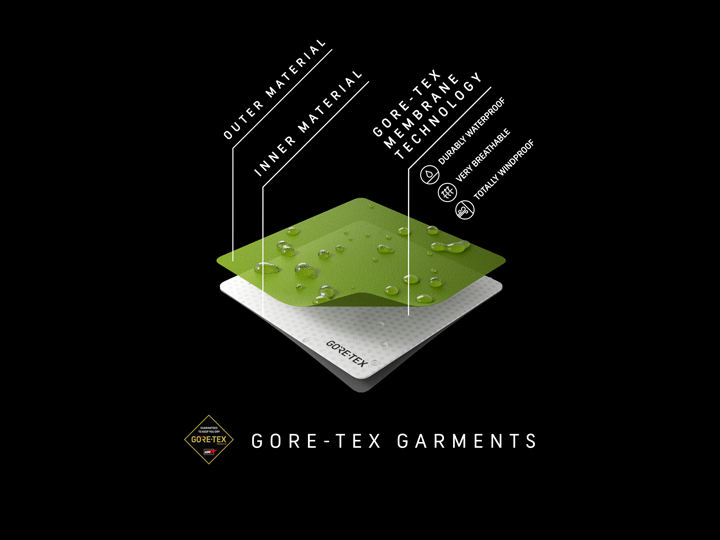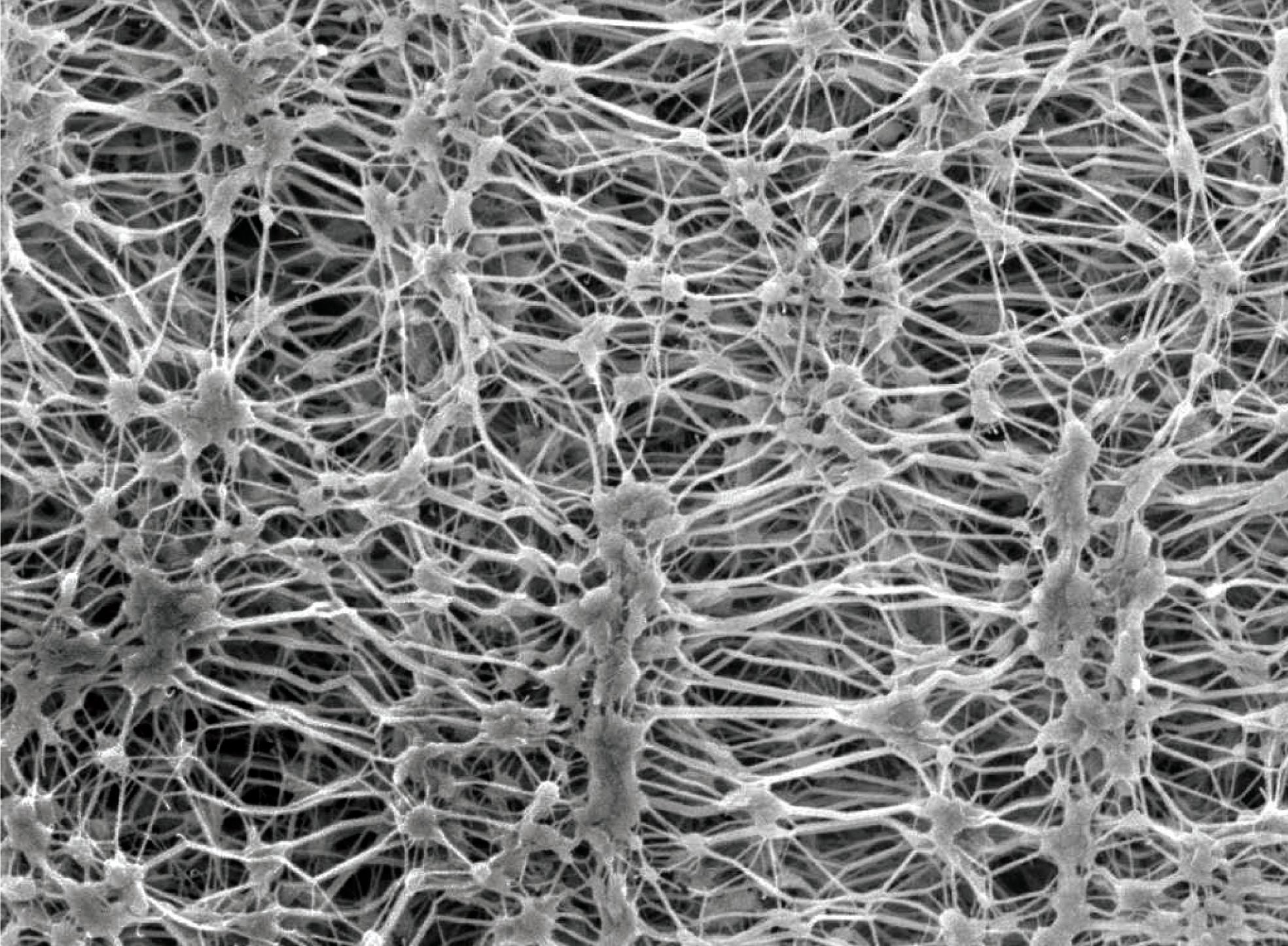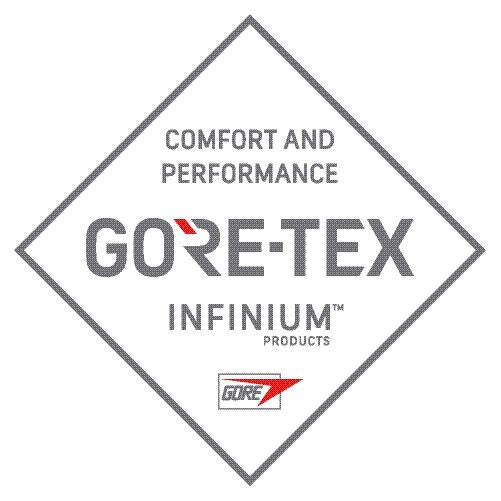The GORE-TEX membrane: you know it’s got something to do with why everything in the original GORE-TEX products range is waterproof, windproof, and breathable. But do you know what it is, exactly? Or how it works? Don’t worry if not—you’re in the right place. We’re going to tell you everything you need to know about our wonderful membrane. Let’s start at the beginning.
Where it all began
The GORE-TEX brand story began nearly six decades ago, in 1959, when Bill and Genevieve Gore founded a new company in the basement of their home in Newark, Delaware. Bill had quit his job in order to do so, having discovered what he believed was the huge potential of the synthetic polymer PTFE (polymer polytetrafluoroethylene).
Then it was their son Bob Gore who, in 1969, made the groundbreaking discovery that created the GORE-TEX membrane. By rapidly stretching PTFE, he created expanded PTFE: ePTFE for short. The result is an incredibly strong, microporous material with a long list of very useful characteristics. Seven years later, the first sales of the waterproof, windproof, and breathable GORE-TEX fabric were made.
How it works
Each square inch of the GORE-TEX membrane has nine billion pores. Each of these tiny holes is 20,000 times smaller than a water droplet. This is what makes the membrane in everything in the original GORE-TEX products range waterproof: rain and snow simply cannot get in—and it’s why all these products are GUARANTEED TO KEEP YOU DRY™.

But waterproof is only half—or one third—of the story. Because the GORE-TEX membrane is also breathable, and windproof. No matter if you’re speeding down a mountain bike trail, running along the coastline, or walking home between tall skyscrapers on a winter night, the wind simply can’t get through to chill you.
Each one of those billions of pores is also 700 times bigger than a water vapor molecule, which is just a nice way of talking about your sweat! It means that, when you’re working hard, or the temperature rises, your sweat can escape. That’s what we mean by breathable—and it’s what makes products made with the GORE-TEX membrane so much more than just waterproof.
What we do with it
The membrane itself is extremely thin (about 0.01mm). In order to create our product technologies, we bond the membrane to high-performance linings and outer textiles, creating the GORE-TEX laminate.

It’s this construction that’s then used by the brands you love to create jackets, pants, boots, gloves, and more. And to ensure that our membrane is being used the way it should be, every single product made by these brands is tested—by us. It might seem strange for us to test what others make, but our standards are as high as it gets and we want to be able to guarantee that you get the product you need to keep you protected and comfortable.

GORE-TEX INFINIUM™ products range
WANT A BOOST IN PERFORMANCE, BUT DON’T NEED WATERPROOF?

Lightweight jackets that block all wind. Snug, warm gloves you never need to take off. Boots and shoes with ultra-thin insulation. From intense hikes to 10-mile daily cycle commutes, our high-performance technologies boost performance when waterproof protection isn’t a priority. So now you can do more, and say yes more often.
For decades, millions of people have trusted the waterproof protection in the original GORE-TEX products range. With the GORE-TEX INFINIUM™ products range, we’re offering new ways to upgrade your comfort & protection when weather conditions are drier.
As ever, we’ll never rest when it comes to innovation. That’s what is at the core of who we are. That’s why we’ll always be finding more groundbreaking ways to support your active lives. Any weather, any season, the GORE-TEX membrane and all our other technologies are there to keep you moving.





